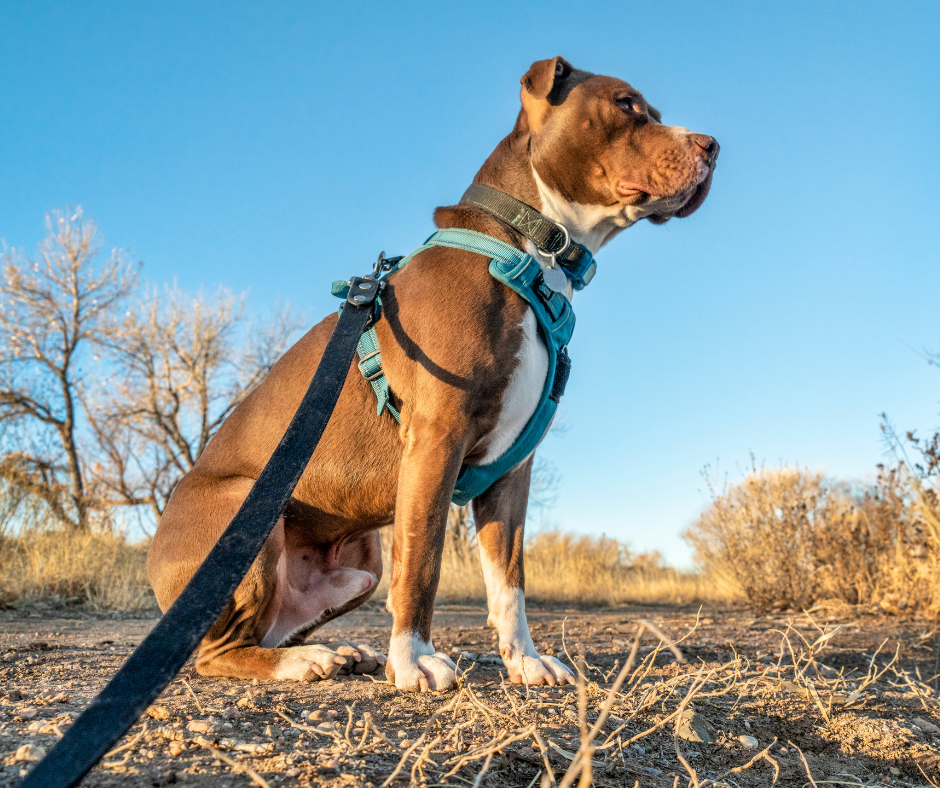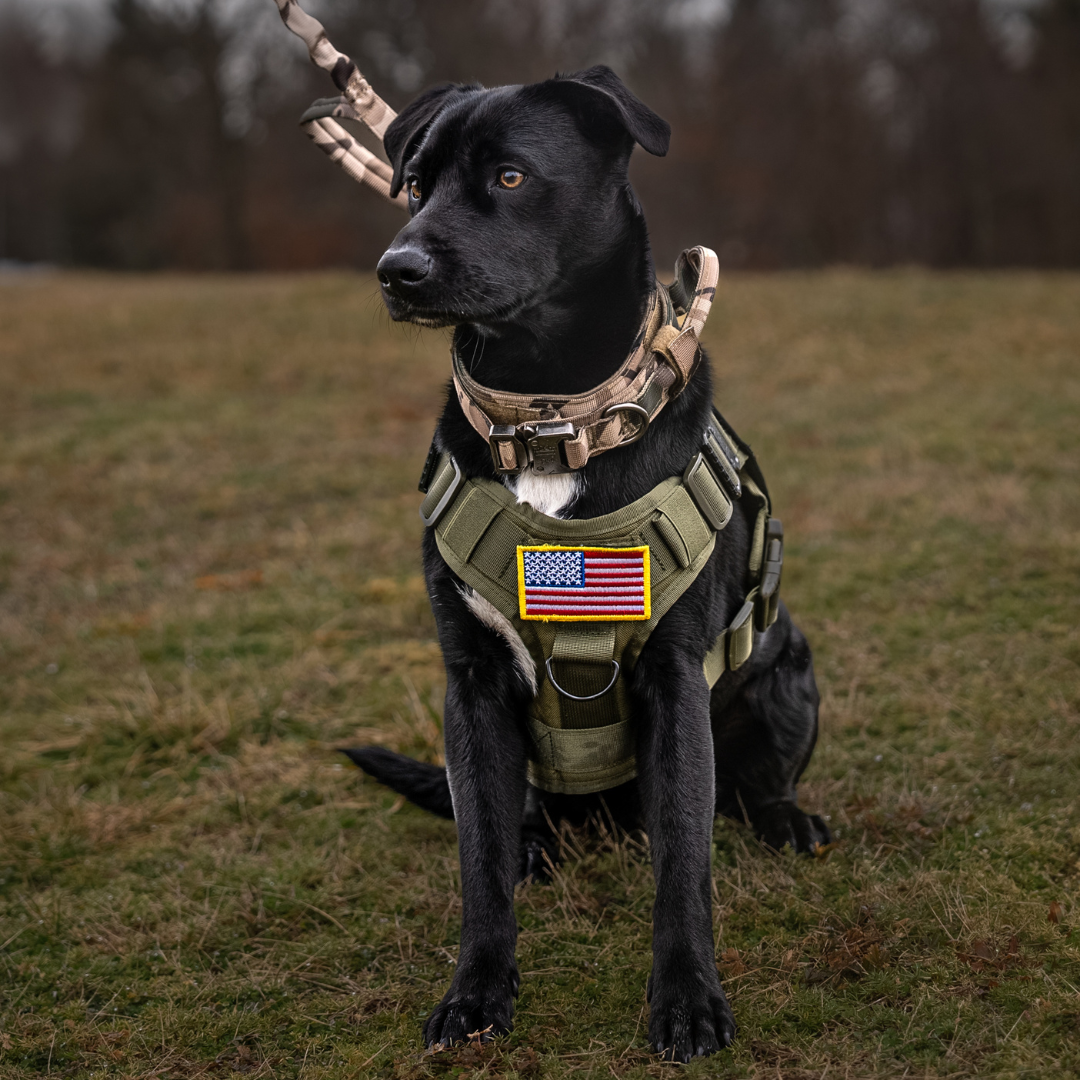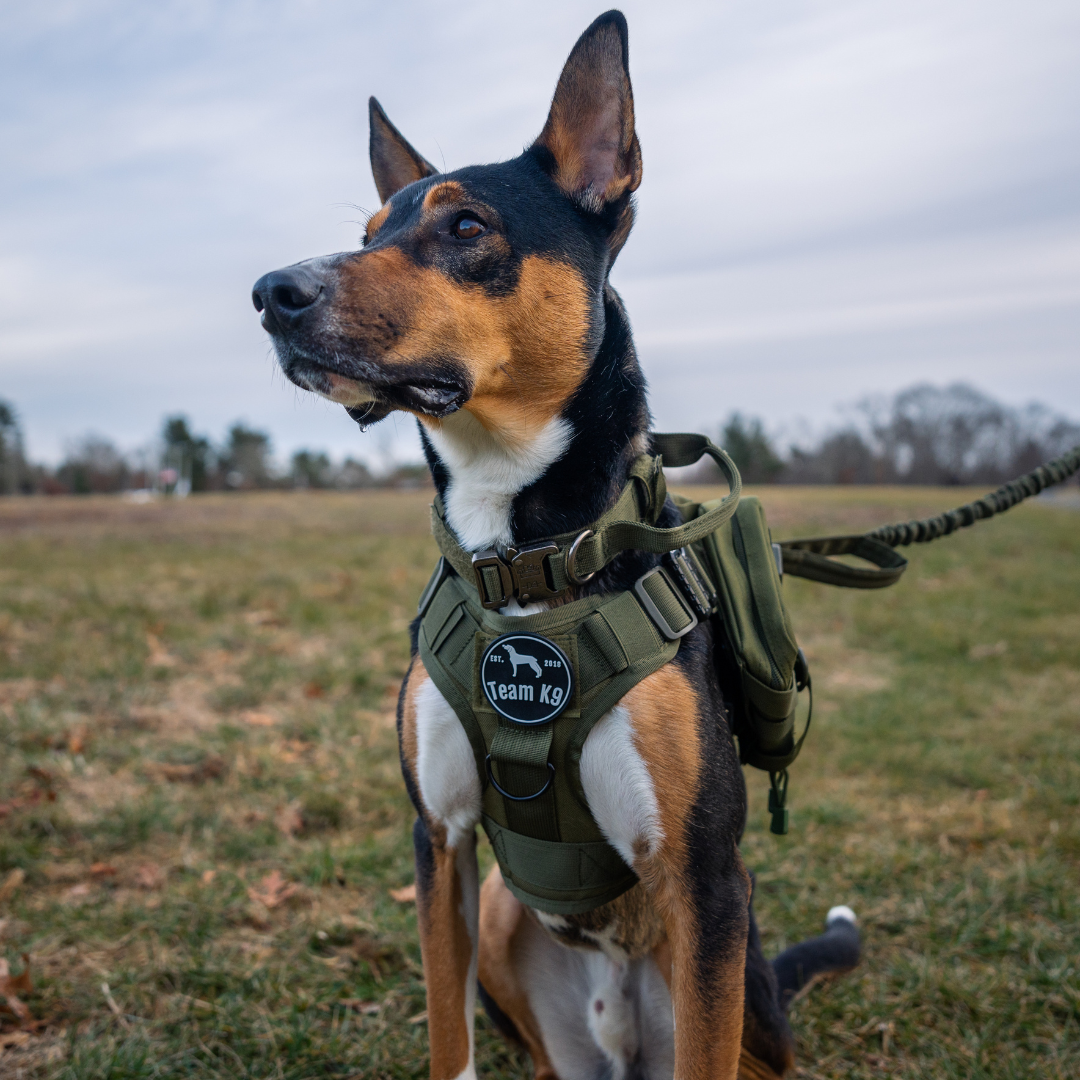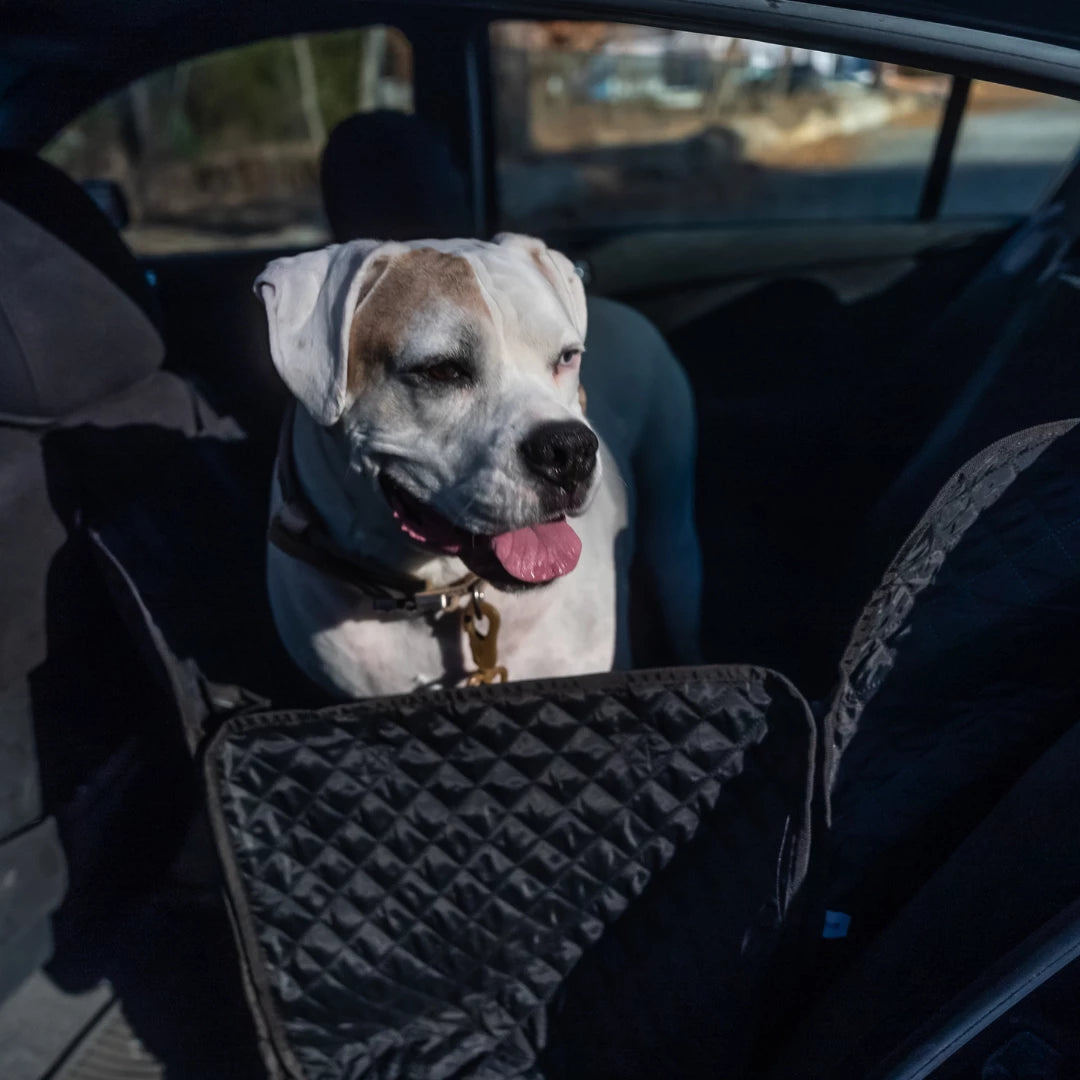In the realm of dog ownership, mastering the art of harness training stands as a pivotal aspect of ensuring a safe and enjoyable experience for both pets and their owners. The shift from traditional collar use to embracing the harness heralds a significant leap towards enhancing control, safety, and comfort during walks and adventures. This guide delves into the nuanced journey of harness training, offering a trove of insights designed to equip dog owners with the knowledge to foster a positive and successful harness training experience.
1. Choosing The Right Dog Harness
The first step in harness training is selecting a harness that suits your dog's size, breed, and lifestyle. The ideal harness offers adjustability for a snug fit, ensuring that it is neither too tight to cause discomfort nor too loose to slip off. Material choice also plays a crucial role; breathable fabrics ensure comfort during extended wear, especially in warmer climates, while durable materials withstand the rigors of active dogs.
Introducing your dog to the harness in a calm, familiar setting lays the groundwork for a positive association. A gradual introduction, paired with treats and affection, helps mitigate any initial apprehension, fostering a positive connection with the harness. This step is crucial in building a foundation of trust and comfort, essential for successful harness training.
The significance of choosing the right harness cannot be overstated. A well-fitted harness enhances control during walks, reduces the likelihood of escape attempts, and prevents potential injuries associated with improper harness use. For those embarking on this journey, our No Pull Dog Harness offers an exemplary blend of comfort, control, and durability. Furthermore, understanding the nuances of harness selection is made easier with our guide on Choosing The Right Dog Harness, designed to assist you in making an informed decision for your furry friend.
2. Gradual Introduction to the Harness
Acclimating your dog to a new harness is a process that demands patience and understanding. Begin by allowing your dog to investigate the harness on their own terms, encouraging curiosity with treats and gentle praise. This non-threatening introduction helps alleviate any potential anxiety, setting a positive tone for future training sessions.
Progressing from brief indoor wear to longer periods, monitor your dog's comfort and adjust the harness as needed. This step-by-step approach ensures that the dog gradually becomes accustomed to the sensation of wearing a harness, minimizing stress and resistance. It's essential to associate the harness with positive experiences, reinforcing the connection between the harness and enjoyable activities such as walks or playtime.
A successful gradual introduction to the harness is instrumental in building a foundation of trust and compliance, essential for the subsequent steps in harness training.
3. Training Sessions Should Be Short and Sweet
Effective harness training hinges on the principle of keeping sessions short, engaging, and rewarding. Initially, limit training to brief intervals, focusing on positive reinforcement through treats, praise, and play. This approach ensures that your dog remains motivated and eager to learn, associating the harness with enjoyable experiences.
As your dog grows more comfortable with the harness, gradually extend the duration of training sessions, incorporating walks and commands to reinforce desired behaviors. Consistency in commands and rewards is key to reinforcing positive associations with the harness, facilitating a seamless transition to confident harness use during walks.
The impact of well-structured training sessions extends beyond immediate compliance; it fosters long-term positive behavior and enhances the overall walking experience.
4. Practice Inside Before Heading Out
Before venturing outdoors, it's advisable to practice walking with the harness indoors. This controlled environment allows your dog to adjust to the feel of the harness without the distractions and stimuli of the outside world. Indoor practice sessions offer a safe space to reinforce commands and walking techniques, ensuring that your dog is responsive and comfortable with the harness.
Transitioning from indoor to outdoor walks should be gradual, starting in quiet, familiar areas to minimize stress and distractions. This approach allows your dog to adapt to the harness in a variety of settings, reinforcing their training in a progressive, controlled manner.
Mastering leash behavior is crucial for enjoyable and safe walks. Our resource on how to Stop Dog Leash Pulling offers practical advice and strategies to enhance leash etiquette, complementing the harness training process and ensuring a harmonious walking experience for both dog and owner.
5. Consistency is Key
The cornerstone of successful harness training lies in consistency. Employing the harness for every walk reinforces the training and habits you wish to instill in your dog. Over time, the harness becomes a familiar and welcome aspect of their routine, signaling the anticipation of outdoor adventures.
Adapting to a harness may vary from dog to dog, necessitating patience and perseverance from the owner. Celebrate incremental progress, understanding that consistent positive reinforcement will culminate in a rewarding walking experience for both you and your dog.
Embracing harness training with consistency and patience not only ensures safety and comfort but also strengthens the bond between you and your dog. Through mutual trust and understanding, walks become more than just physical exercise; they transform into enriching experiences, enhancing the quality of life for both pet and owner.
Did You Know?
The benefits of harness training extend beyond mere control and safety. A well-fitted harness mitigates the risk of injury, particularly in breeds prone to conditions such as tracheal collapse. The even distribution of pressure across the chest and back alleviates strain on the neck, promoting healthier, more enjoyable walks.
Incorporating harness training into your daily routine not only enhances the physical well-being of your dog but also enriches your shared experiences. The journey towards successful harness training is a testament to the commitment and love we have for our canine companions, reflecting our dedication to their happiness and safety.
To Wrap Up
The journey of harness training is a rewarding endeavor that strengthens the bond between dogs and their owners, fostering a sense of security, comfort, and mutual trust. By selecting the right harness, gradually introducing it, keeping training sessions short and engaging, practicing indoors, and maintaining consistency, dog owners can ensure a positive and successful harness training experience.
This guide is designed to navigate dog owners through the nuances of harness training. By embracing patience, understanding, and consistent positive reinforcement, the process of harness training unfolds as a rewarding journey, enhancing the walking experience and overall well-being of both dog and owner.
As we conclude this guide, we invite you to explore the world of harness training with an open heart and a commitment to the safety and happiness of your furry companion. The path to successful harness training is paved with love, patience, and the joy of shared adventures, solidifying the unbreakable bond between you and your dog.




